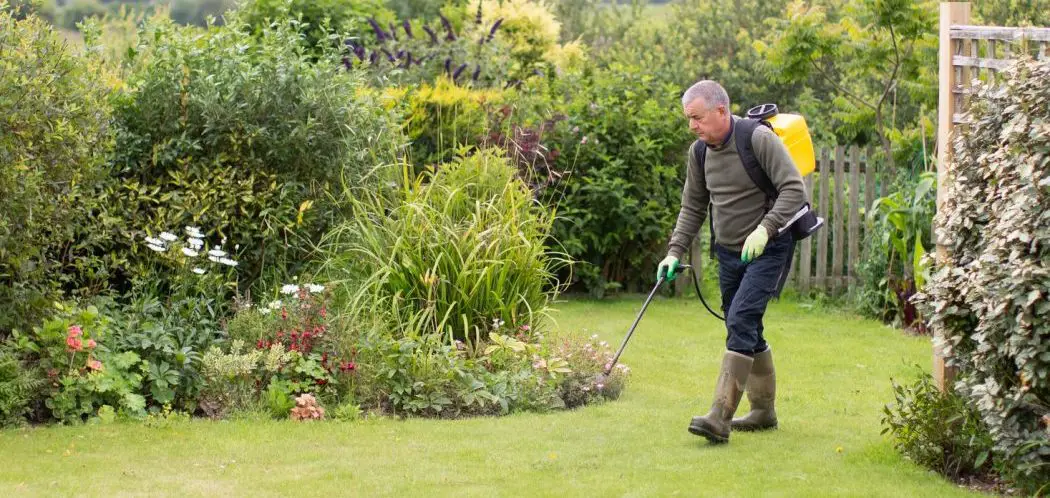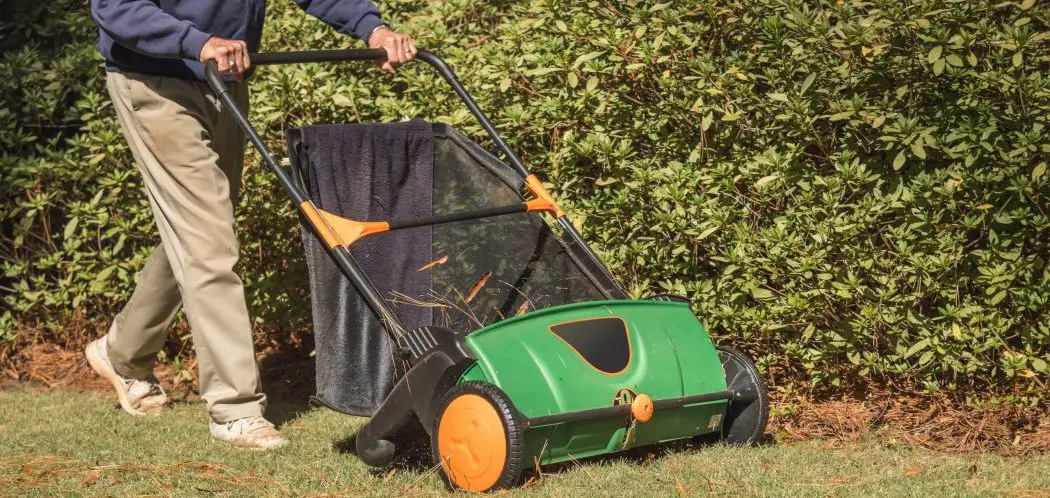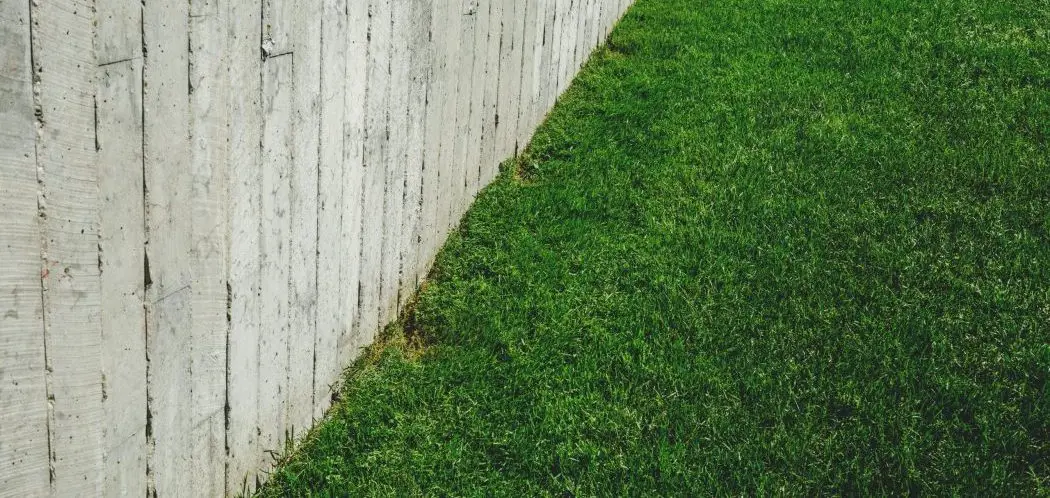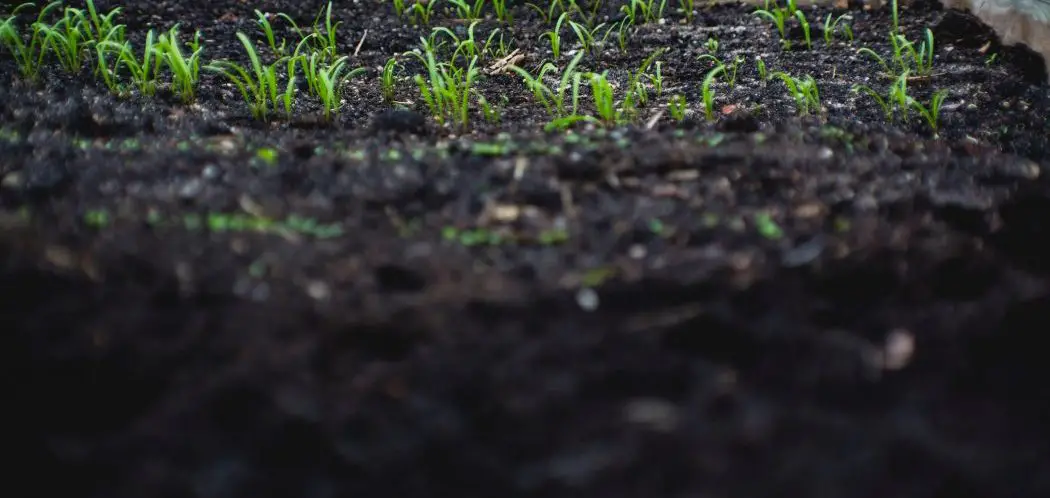When pesky weeds invade your lawn, you want to get rid of them fast. Not only do weeds look unsightly in a pristine lawn, but they can also kill your lawn and plants.
Roundup is an excellent way to kill weeds and you may be wondering how it works and how long it takes to kill off a plant.
The short answer is…
Within hours of applying roundup, the plant will start to wilt. It may take up to two weeks for complete death of the plant, but you can begin pulling it up the next day once the roundup has had time to circulate to reach the roots.
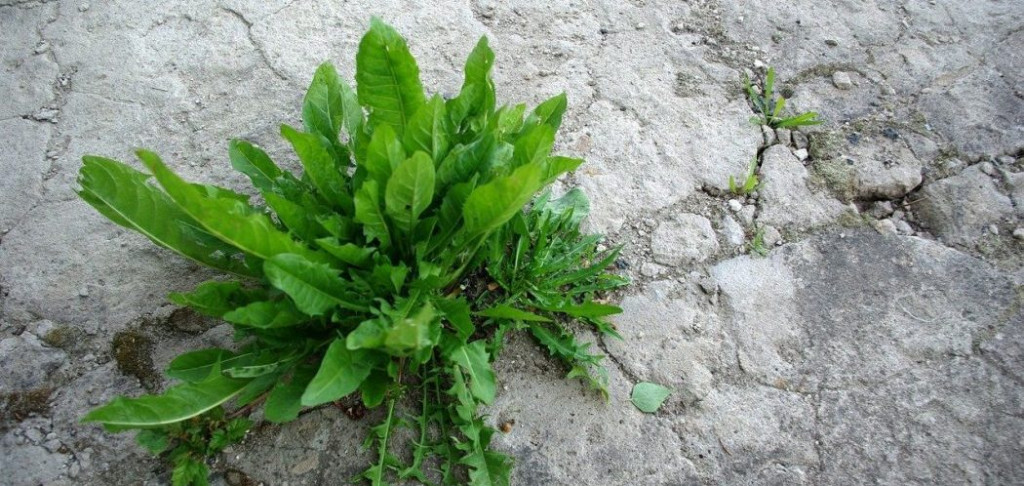
How Does Roundup Work?
When too many plants grow in an area, they have to compete for water and resources. Weeds can deplete a soil of nutrients and water causing the other plants around them to suffer and die.
To kill weeds, you’ll need to employ the use of an herbicide. Herbicides kill plants and there’s no better herbicide than roundup.
Roundup is a non-selective herbicide. This means that it will kill any plant it comes into contact with.
Glyphosate herbicides work by inhibiting the EPSP synthase in a plant. EPSP synthase is an important enzyme in the shikimic acid pathway. This pathway is used to create aromatic amino acids. Without amino acids, protein synthesis cannot occur. This leads to a depletion of energy within the plant, causing death shortly after.
As Roundup is applied to a plant, it is absorbed through the plant. The chemical then circulates throughout the plant, wreaking havoc as it spreads.
Roundup is a post-emergence herbicide, only killing mature plants.
After it has destroyed the protein synthesis within a plant, it remains in the soil for a short amount of time.
How Quickly Does Roundup Work?
Since Roundup is a systemic herbicide, it does all of its weed killing on the inside.
It also takes a bit longer to work than contact herbicides, but systemic herbicides ensure every part of the plant is affected.
Contact herbicides often only kill the visible part of the weed, not its roots.
If you pulled the plant, but left a piece of the root in the soil, you can rest assured that the weed remnants will not be able to grow a new plant.
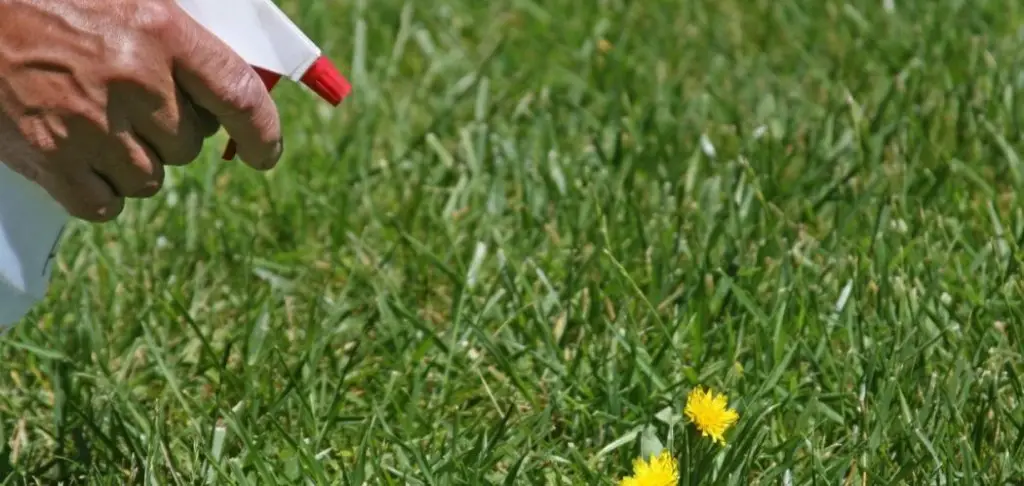
How Long Does Roundup Take to Work Before Rain?
After application, Roundup is quickly absorbed by plants. This rapid absorption means that roundup is resistant to being washed away by rain in as little as 30 minutes.
Once applied, pets and children should avoid the area for at least one hour to ensure the chemical is properly absorbed into the plant. After that, you’re set to enjoy your lawn as weeds wither away.
Roundup is best sprayed on a dry, low wind day.
These conditions make for the most accurate application of the herbicide. Inhalation of Roundup is not recommended, and applying it to your weeds on a day without wind will lower the chances of this happening.
If it is actively raining, do not apply Roundup. It may be washed away before the plant can absorb it. Water erosion would make the application of weed killer a waste.
How Do You Know If Roundup Is Working?
While Roundup works quickly, you may not see its effectiveness immediately.
Discoloration
Weeds can begin to wilt within hours, but color changes to the weed will take up to a day.
As the plant is deprived of protein, it will begin to yellow and brown.
This discoloration will start at the outer edges of the plant. The leaf tips are the furthest material from the center of the plant, and getting nutrients to these areas requires the most energy. Therefore, as the energy stores of the plant are depleted, the pieces furthest away from the root of the plant will suffer first.
The discoloration will spread from the leaf tips, to the veins, to the stem, and finally, the roots will shrivel up and die.
Wilting
As death becomes the weed, you’ll notice it wilting and losing integrity.
Soon, the stem will begin to bend and fall over. Once the weed has collapsed, you can rest assured it will not come back to life.
After the weed has died, you will need to remove it from your lawn. For aesthetic reasons, a dead weed can spoil the look of your luscious lawn. In practicality, the weed’s decomposition will pose no benefit to your lawn. Since the protein synthesis function of the plant has been disrupted, it will provide little to no nutrients to your soil as it breaks down.
If the weed contains any seed materials, you need to remove these pieces. Roundup is a post-emergence herbicide, meaning it doesn’t kill any seeds the weed may have expelled and implanted into your lawn.
How Can I Make Roundup Work Faster?
Roundup guarantees complete slaying of any plant it is applied to, but sometimes you want instantaneous results.
Here are a few things you can do to make your roundup work even better…
Apply During the Growing Season
Herbicides can be applied to weeds any time of the year, but systemic herbicides work best during a weed’s growing season. Take the time to identify the weeds in your lawn and research their peak growing time. During growth spurts, weeds tend to uptake more and absorb liquids faster. Applying systemic herbicides during this time will make them circulate through the plant faster than if applied while the weed is dormant.
Wait Until the Weeds Have Reached Maturity
Roundup is a post-emergence herbicide. It will not work on seeds or freshly germinated plants. You have to wait to apply them to the plant once it has reached maturity. Applying Roundup to plants that are young will either be ineffective altogether, or it will take much longer to kill them.
Make Sure Weeds Are Dry
Make sure weeds are dry when applying Roundup. Applying herbicides right after rain or when plants are damp from morning dew can cause the chemicals to be diluted or swept away before they can penetrate the plant.
Thoroughly Saturate
To ensure enough of the chemical is absorbed by the plant to kill it, you want to thoroughly saturate the intended target. Saturation can be increased by using a hose sprayer instead of a mister for application. Most ready to use herbicides come in a spray bottle, but you can also find powdered or liquid versions that can be mixed and used in your own compressed air sprayer.
Combine a Physical Means of Removal
If you want to make your chemical weed killer work even better, combine a physical means of removal with it. After spraying the weed with Roundup, cover the patch of weeds with a tarp. If there are several weeds, you can cut up small pieces of opaque landscape fabric.
How to Apply
Smothering the weed will help kill it faster by disabling photosynthesis. Plants need light to convert micronutrients into fuel for the plant. While the Roundup will halt the production of proteins to fuel your plant, you can stop its food manufacturing in the meantime.
Covering the weeds will also help the herbicide resist being washed away from moisture. This is essential if you’re spraying Roundup before a rainstorm. Roundup is resistant to water in as little as 30 minutes, but if you live somewhere that is constantly plagued by rain, a downpour could come before the 30-minute mark.
If your only option is a compressed air sprayer or the spray bottle on the Roundup you purchased doesn’t allow you to change the spray pattern, hold the sprayer right up to the plant as you spray. Mist the weed up and down the length of the plant to allow for maximum surface area coverage.
What Will Roundup Not Kill?
Roundup is a non-selective herbicide, meaning it has the potential to kill any mature plant it comes into contact with. This can create trouble for those trying to only kill weeds, not the lawn they’re invading. To avoid this, you should be careful in your application of herbicides. Try to spray only the weed and avoid plants surrounding it.
The one thing that Roundup cannot kill is the seeds of weeds.
Weed seeds and seeds germinating beneath the soil can only be killed by pre-emergence herbicides. Roundup is a post-emergence herbicide.
Killing weeds quickly and removing them from your lawn once they begin to wilt can disable them from casting out seeds. Do not add weeds or their parts to compost piles. This could cause seeds to be spread throughout the lawn and continue your weed problem for many seasons to come.
Why Is My Roundup Not Working?
If you neglected to remove weed seeds from your lawn after killing their mature counterparts, they will sprout next season. It’s easy to see these new weeds arise, think that they are the same weeds from last season, and assume the Roundup didn’t work, but this is not the case.
Damp Plants
Roundup is not as effective when applied to damp plants. Let the area dry out thoroughly before applying the herbicide. Allowing the weed to be exposed to moisture after application, but before the 30-minute water resistance time frame, could cause the weed killer to become ineffective.
It’s important to read the label of your herbicide to make sure it hasn’t expired while residing in your garage or shed. Aged chemicals break down over time and do not retain their lethality.

